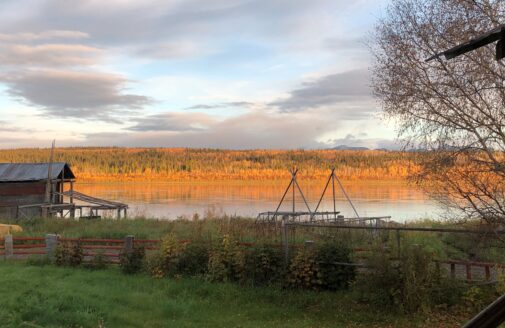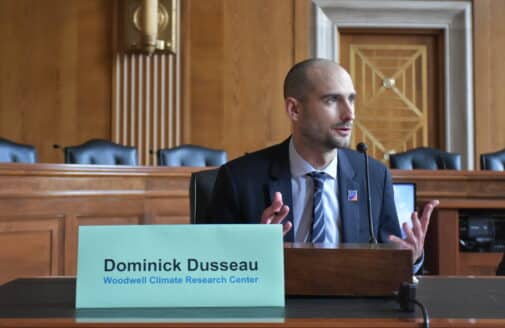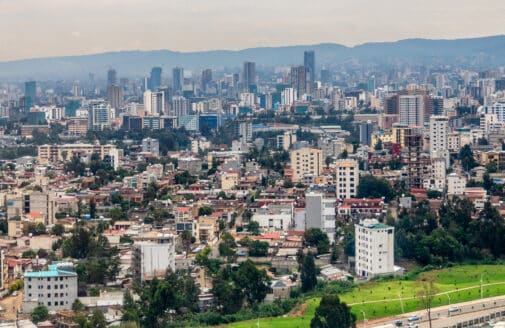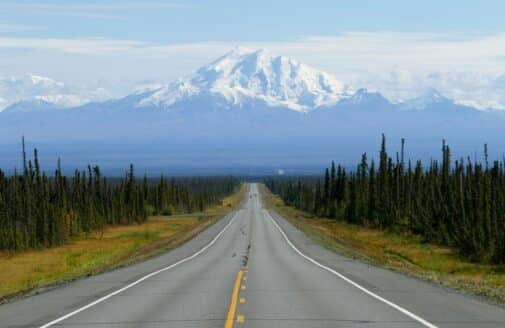New study investigates how different agricultural management practices affect overall N2O emissions
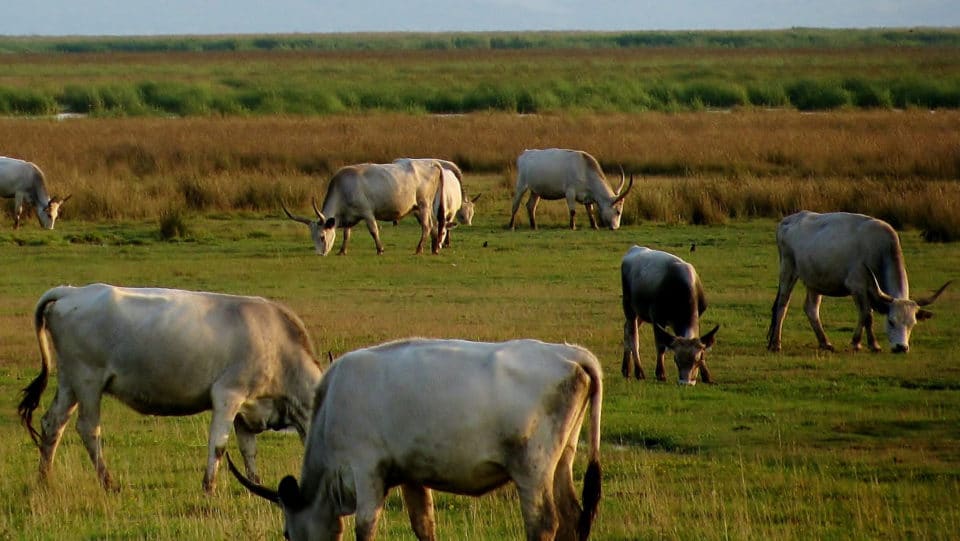
Grasslands that are managed intensively with inputs from manure and fertilizer, release much more nitrous oxide (N2O) than grasslands that are in a natural state or minimally managed condition, according to a new paper released by Woodwell Climate Research Cneter (formerly Woods Hole Research Center) Postdoctoral Fellow Dr. Shree Dangal.
N2O is a powerful greenhouse gas with a global warming potential roughly 265-298 times greater than carbon dioxide (over a hundred year reference period). Land management practices such as mineral nitrogen fertilizer and manure application play a significant role in N2O emission growth. In grassland ecosystems, nitrogen inputs in the form of manure and mineral nitrogen, and livestock excreta nitrogen deposition (i.e. feces), have the potential to release a lot more N2O to the atmosphere. But, until now, the effect and contribution of different management practices to global N2O emission remained unclear.
Using a terrestrial ecosystem model, the study found that N2O fluxes are highly variable across time and space, driven by climate, management intensity, and soil conditions. N2O emissions, however, generally increased with management intensity. In particular, large N2O emissions from intensively managed pasturelands were associated with warmer and wetter climatic conditions, together with high nitrogen input in the form of excreta and manure/fertilizer application.
Dangal also found animal excreta is the biggest contributor to N2O emissions as compared to manure and synthetic fertilizer. This is because animal excreta nitrogen deposition in grassland ecosystems are significantly higher due to an increase in livestock numbers since 1961.
The study also attributed net N2O emission to different sources and found that excreta deposition was the largest source of N2O emission in pasturelands and rangelands, contributing to 54% of the mean N2O emissions followed by manure application (13%) and fertilizer application (7%), during 1961–2014.
“Decreasing nitrogen input through sustainable grazing management practices could go a long way in climate change mitigation,” Dangal said.




